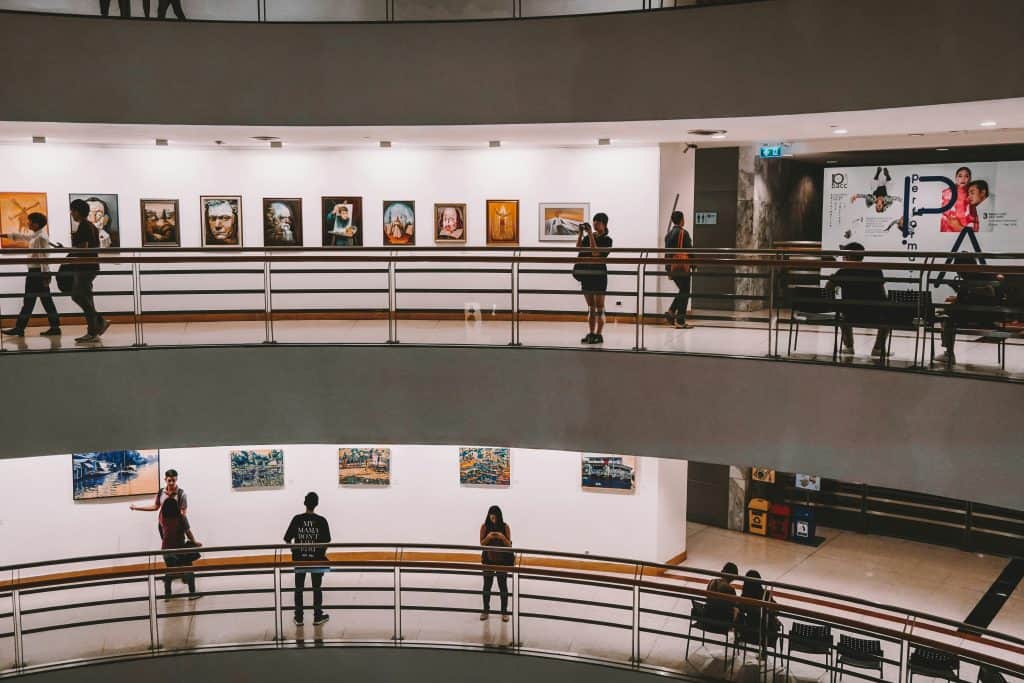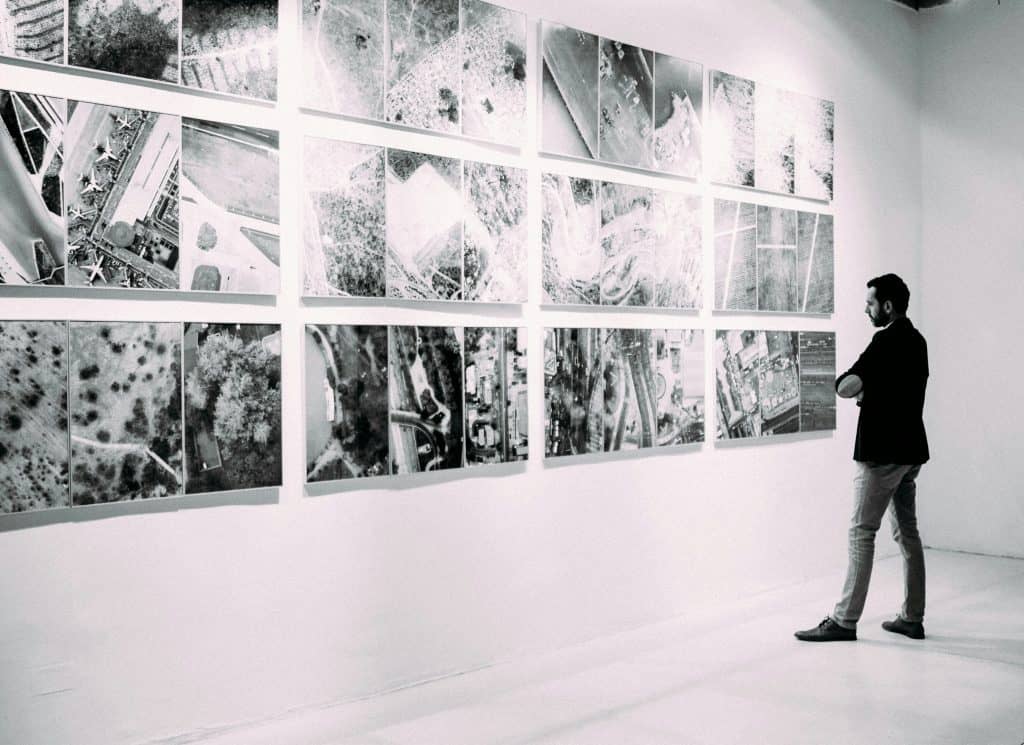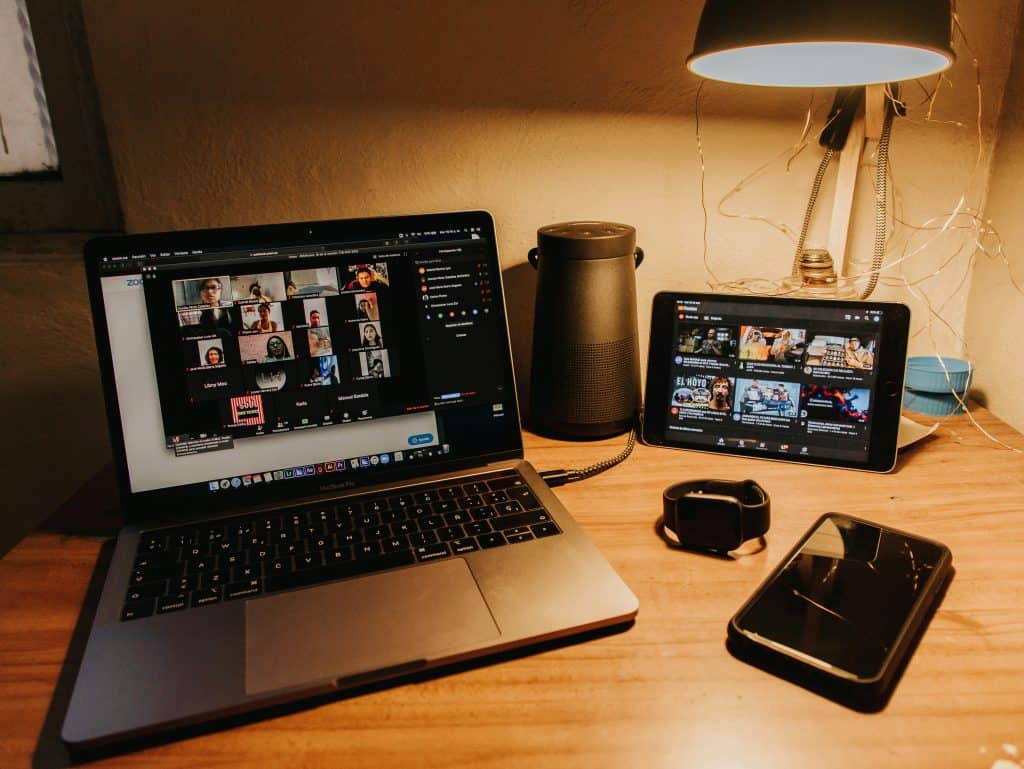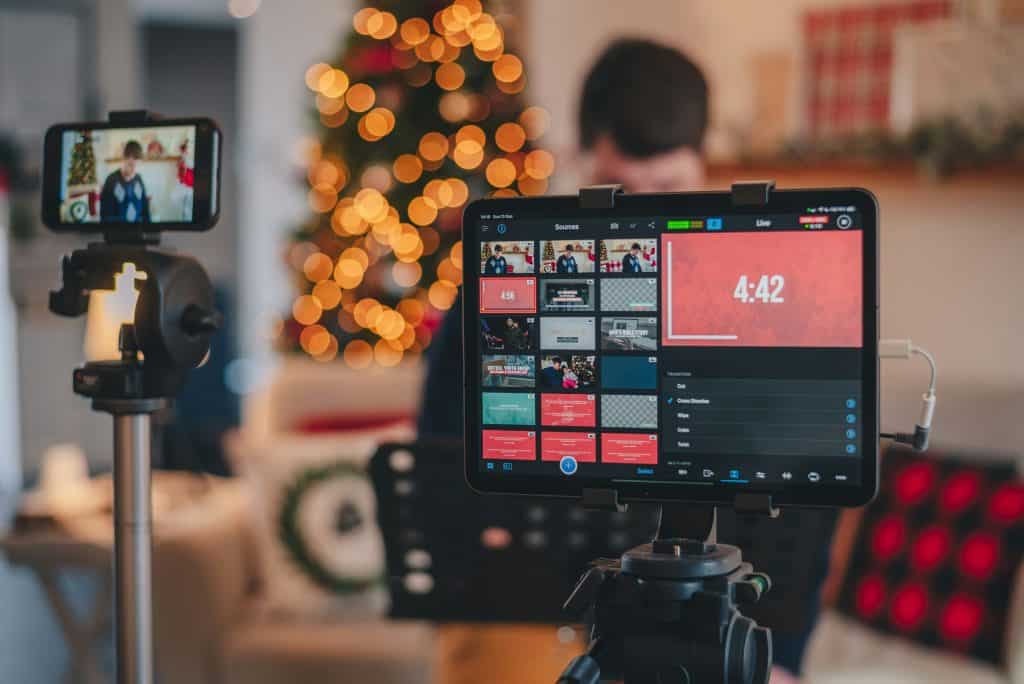
20 Mar Guiding Visitors Through Virtual Art Tours
The allure of art transcends physical boundaries, with virtual art tours gaining momentum as a popular avenue for cultural exploration. Navigating through virtual art tours and exhibitions presents a unique set of challenges in engaging and guiding visitors effectively. However, with the right strategies and techniques, virtual art tours can offer immersive experiences that rival traditional visits to museums and galleries. The proliferation of virtual art tours stems from the increasing demand for accessible cultural experiences, especially in the face of global challenges such as the COVID-19 pandemic. These tours provide a gateway to explore renowned artworks and exhibitions from the comfort of one’s home. Yet, amidst the convenience, engaging visitors in a virtual environment poses challenges related to maintaining interest and providing meaningful guidance.
Creating an Engaging Virtual Environment

High-quality visuals
High-quality visuals play a crucial role in virtual art tours, serving as the cornerstone for replicating the immersive experience of physically visiting an art gallery or museum. The use of high-resolution images ensures that viewers can appreciate the fine details and nuances of each artwork. From intricate brushstrokes to subtle textures, the clarity provided by high-quality visuals enhances the overall aesthetic appeal of the virtual tour. Furthermore, 360° panoramas and virtual reality (VR) experiences transport participants into the heart of the art space, allowing them to explore its surroundings from every angle. The seamless integration of these visual elements not only captivates the audience but also reinforces the tour’s authenticity by simulating the real-world experience. Moreover, optimizing visuals for smooth loading and compatibility across various devices is paramount to ensure that users can access the tour seamlessly, regardless of their preferred platform or screen size.
Interactive elements
Interactive features within virtual art tours enhance participant engagement by offering dynamic components that allow for deeper exploration and understanding of artworks. Zoom functions enable viewers to scrutinize specific details, while annotations provide context and historical insights. Hotspots aid navigation and highlight points of interest, empowering users to shape their journey. Moreover, user-generated content and social interaction foster community, encouraging meaningful exchanges and a sense of belonging within the virtual art community. By leveraging such interactive elements, virtual art tours bridge physical distances, uniting individuals in a collective appreciation of art and culture.
Effective Storytelling and Interpretation

Photo by Maxim Hopman
Curated narratives
Curated narratives are an essential component of enriching visitors’ experiences within art exhibitions and museums. Through the craft of storytelling, artworks are contextualized within broader themes and historical contexts, igniting the interest of visitors. By offering narratives of varying lengths and formats, museums cater to the diverse preferences of their audience. Casual observers may appreciate concise yet informative narratives, while enthusiasts may seek more in-depth insights into the artworks on display. The ability to tailor narratives to different levels of engagement ensures that all visitors find meaningful connections with the artwork.
Multimodal content
Multimodal content further enhances the storytelling experience within museums and art exhibitions. By integrating audio guides, text descriptions, and multimedia elements, museums appeal to different learning styles and preferences. Audio guides provide auditory learners with a rich exploration of the artwork, while text descriptions offer detailed insights for visual learners. Multimedia elements such as videos or interactive displays engage visitors on multiple sensory levels, deepening their understanding and appreciation of the art. Moreover, providing transcripts and alternative formats ensures accessibility for all participants, including those with hearing impairments or language barriers. This commitment to inclusivity allows museums to reach a wider audience and enrich the experiences of all visitors, regardless of their individual needs or backgrounds.
Fostering Visitor Engagement and Interaction

Photo by Maxim Hopman
Interactive activities
Interactive activities play a pivotal role in enhancing the engagement and learning experiences of participants in museums and art exhibitions. By incorporating elements like quizzes, polls, and discussion forums, institutions stimulate critical thinking and foster dialogue among visitors. These activities not only encourage participants to actively engage with the artworks but also create opportunities for them to share their perspectives and insights with others. Furthermore, hosting live Q&A sessions with guides or experts adds a dynamic dimension to the tour, allowing for meaningful exchanges that deepen participants’ understanding and appreciation of the artworks on display.
Personalized experiences
Personalized experiences are paramount in ensuring that visitors feel empowered and invested in their museum or art exhibition visit. By offering the ability to tailor experiences based on individual interests and preferences, institutions foster a sense of ownership and autonomy among visitors. Curated tours that focus on specific themes or art movements, as well as the flexibility to create custom itineraries, enable visitors to explore at their own pace and delve into areas that intrigue them the most. This personalized approach not only enhances overall visitor satisfaction but also promotes deeper engagement with the artworks and the museum’s collections. By embracing personalization, museums and art institutions can create more meaningful and memorable experiences for their diverse audience base, ultimately enriching their cultural and educational impact.

Lorem ipsum dolor sit amet, consectetur adipiscing elit. Ut elit tellus, luctus nec ullamcorper mattis, pulvinar dapibus leo.
Conclusion
Effective guidance is paramount in navigating virtual art tours, bridging the gap between digital exploration and tangible cultural experiences. By democratizing access to art and fostering deeper engagement, virtual tours have the potential to revolutionize the way we interact with cultural heritage. As technology continues to evolve, embracing future trends and advancements promises to further enrich the virtual art experience, opening new avenues for exploration and discovery.
Key Takeaways
- High-quality visuals: Importance of high-resolution images, 360° panoramas, and virtual reality experiences.
- Interactive elements: Utilizing zoom functions, annotations, and hotspots for deeper exploration.
- Curated narratives: Developing engaging narratives that connect artworks to broader themes and historical contexts.
- Multimodal content: Integrating audio guides, text descriptions, and multimedia elements for richer storytelling.
- Interactive activities: Implementing quizzes, polls, and discussion forums to stimulate critical thinking and dialogue.
- Personalized experiences: Offering curated tours based on visitor interests and preferences.
FAQs
Are virtual art tours suitable for all age groups?
Yes, virtual art tours can be tailored to suit diverse age groups and interests. Interactive features and multimedia elements cater to varying preferences and learning styles, making them accessible to participants of all ages.
How can virtual art tours accommodate individuals with disabilities?
Virtual art tours can enhance accessibility by providing features such as audio descriptions, transcripts, and alternative formats for multimedia content. Additionally, ensuring compatibility with assistive technologies enables individuals with disabilities to engage fully with the tour experience.
Can virtual art tours replicate the experience of visiting a physical gallery?
While virtual art tours may not fully replicate the tactile experience of visiting a physical gallery, they offer unique advantages such as accessibility, convenience, and flexibility. By leveraging technology and innovative design, virtual tours can provide immersive experiences that complement traditional gallery visits.
Explore “Innovative Display Techniques in Art Exhibitions” to present artwork at physical art exhibitions using cutting-edge display systems.

